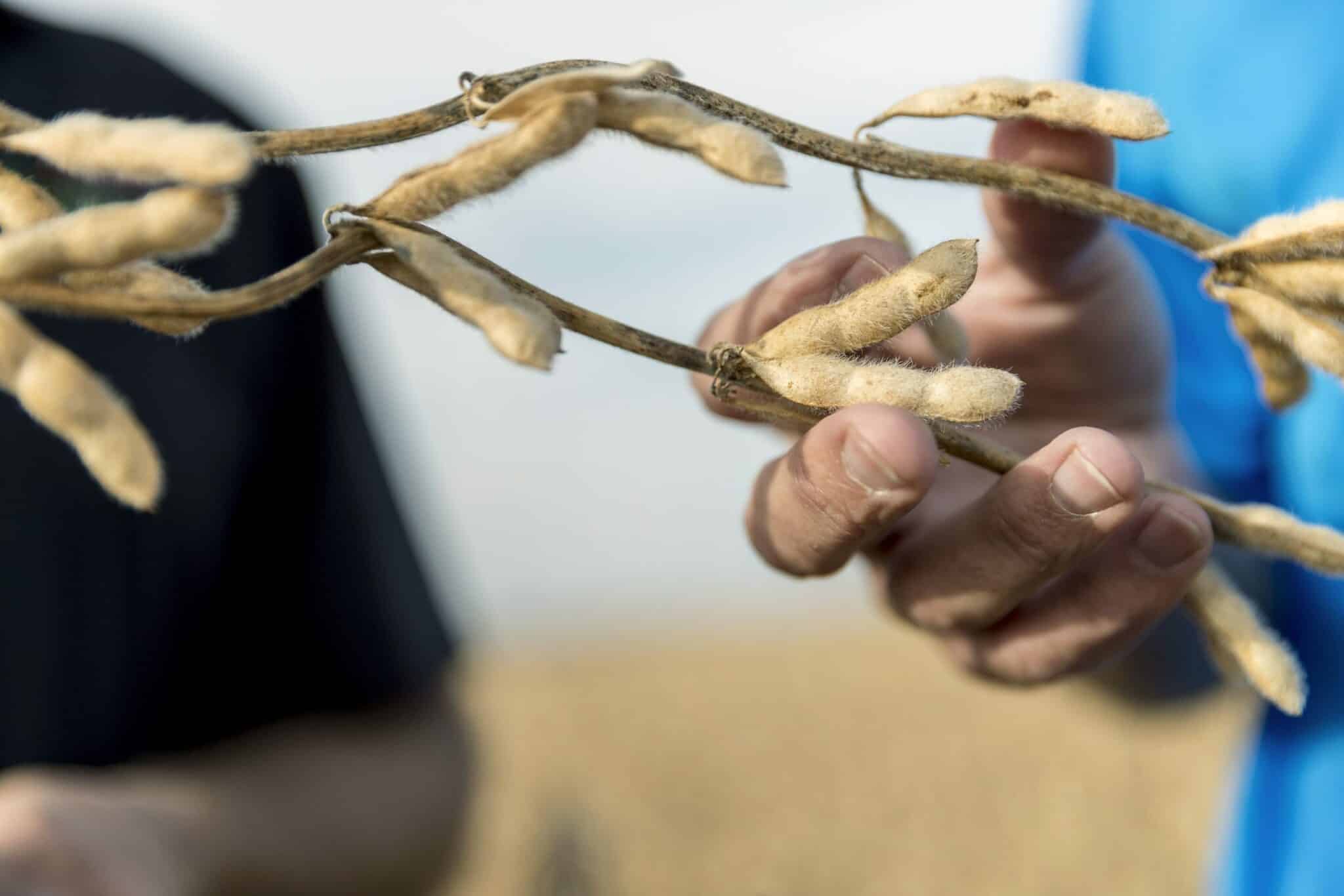As the future continues to more traits with more stacks, the demand is also increasing for multi-stack soybean traits.
In Arkansas, Jeremy Ross, professor and soybean Extension agronomist for the University of Arkansas System Division of Agriculture’s Cooperative Extension Service, notes that growers have shifted almost completely away from single-stack soybeans for a few different reasons. The biggest reason is the struggle to battle Palmer amaranth in the mid-South.
“Most of the populations of Palmer we have in the state are resistant to glyphosate or Roundup,” Ross says. “Even back for the last five or six years, we’ve been grouping our single-stack Roundup varieties with our conventionals because we’re really having to treat our single-stack varieties like a conventional with conventional herbicides.”
Now, there’s still a handful in the state trying to do this, but Ross says it’s not feasible to fight that battle without having some of the stacked traits on the herbicide front.
“A majority of the acreage has moved to stacks. In Arkansas, we’re a majority of Xtend and XtendFlex — with around 70-75% of the acreage being Xtend or XtendFlex,” he says, adding that most growers try to stay within the same technology for their crops.
“These multi-stack traits are the way we’re going to go from here on out,” Ross says. “I think right now we’re at three-way stacks, but in the future, there’s talks that we’re going to get four-way or five-way stacks.”
Traits in the Future
As you continue to see resistance in the marketplace, Corteva’s Tom Greene believes the demand for multi-stack traits will continue to grow as farmers expect choices that meet their needs.
“There’s that demand for broader solutions to enable growers to manage the challenges they see on the farm,” Greene, senior research director and global leader of biotechnology at Corteva Agriscience, says. “Think about the glyphosate resistant weeds across the Midwest — that pressure on those resistant weeds continues to evolve and continues to grow. Having multiple modes of action gives those growers the ability to manage those resistant weeds in a constructive way that drives productivity on that acre.
“There’s never been a more exciting time,” Greene says. “We’re getting better at identifying novel modes of action. We’re getting better at building molecular stakes, and we’re going to get better at driving genetic variability of our native genomes.”
As an example, Greene points to the corn sector, where companies like Corteva are able to build disease super locus, taking multiple native corn genes to identify the best genetic variability for targeted disease species. Some of those corn genes aren’t even from North American varieties — and companies are working on moving more and more disease resistant traits into North American germplasm to add to a single disease super locus.
“We’re starting that journey in soybean as well,” Greene says. “I’m super excited about our ability to mine genetic diversity in a way we’ve never been able to do going forward, and that will be the next evolution from a technology standpoint.”
Make sure to visit part one to learn how to ensure compatibility with trait stacking.
Want to read more? Visit:
The Ins and Outs of Trait Stacking Compatibility
Sorghum’s Looking to Bolster Food Security
Breeders Rely on Crop’s Wild Relatives for New Varieties — But They Could be in…
Wild Relatives: The Building Blocks for Crop Diversity in Corn and Beyond










